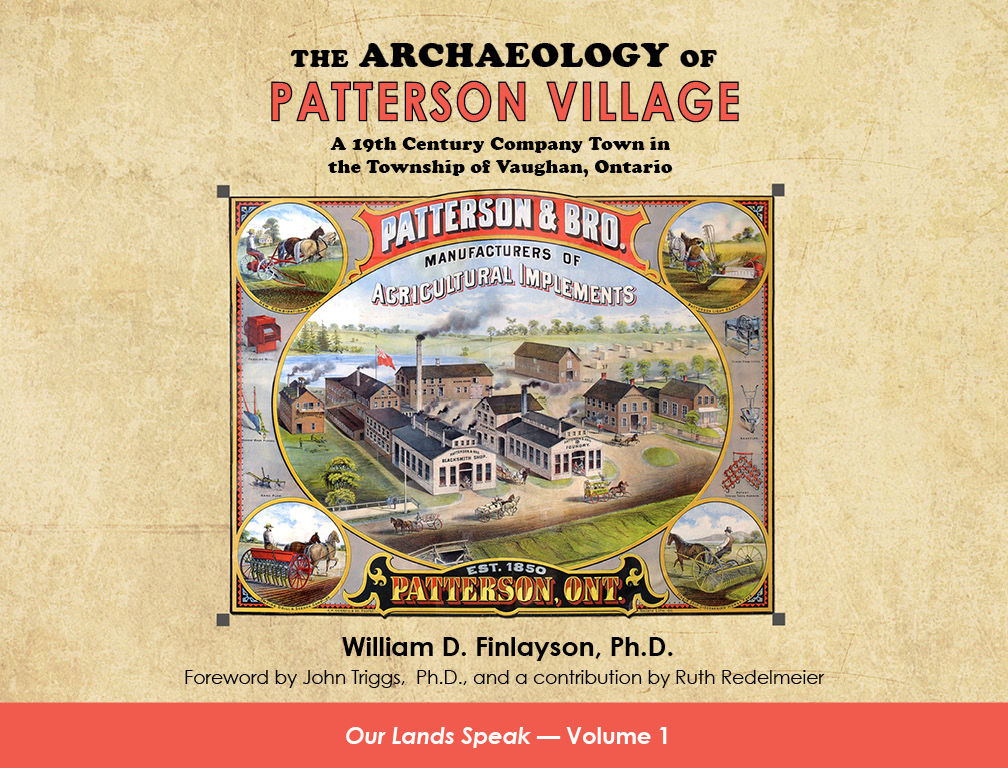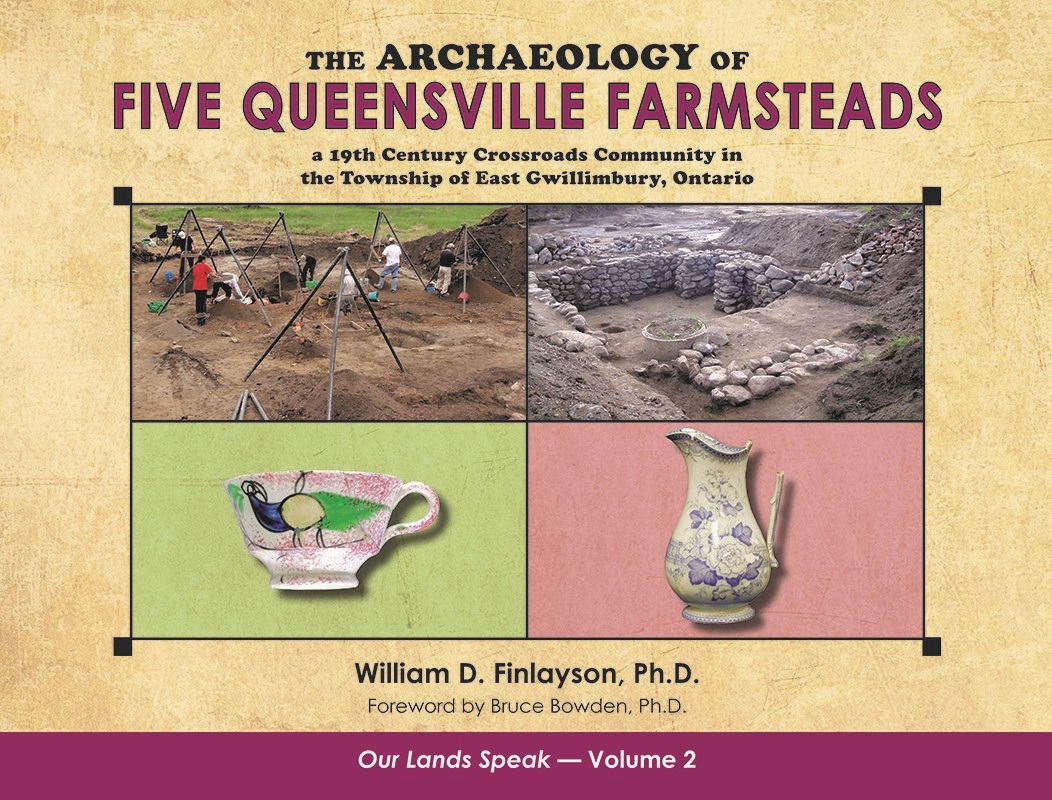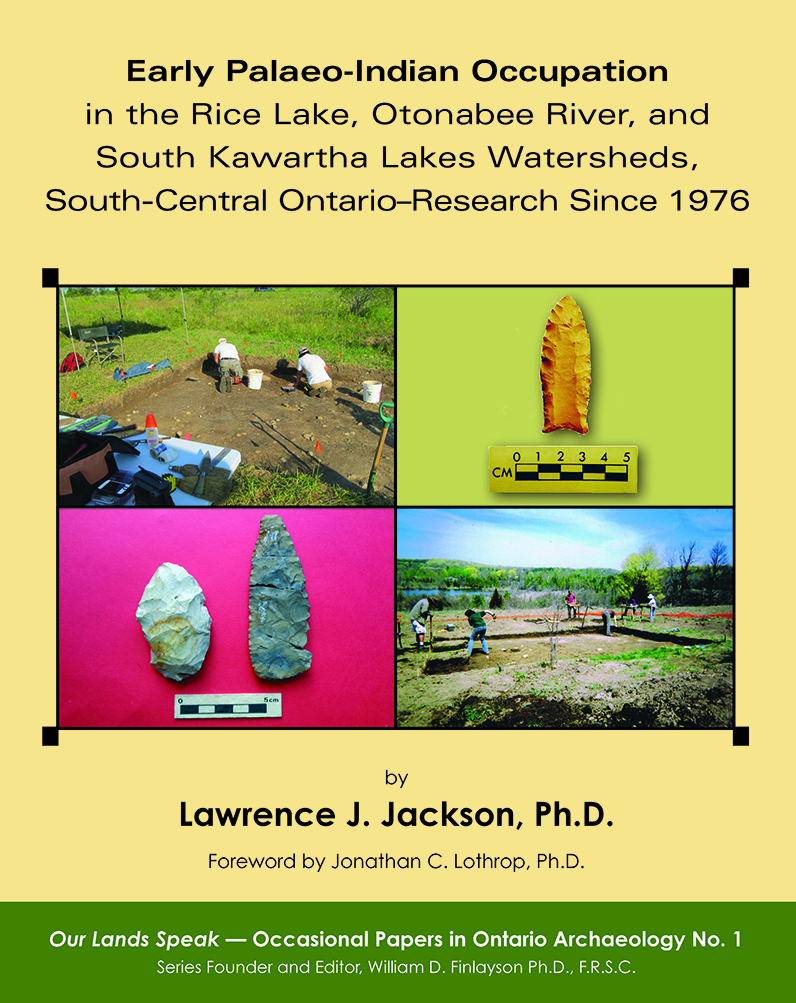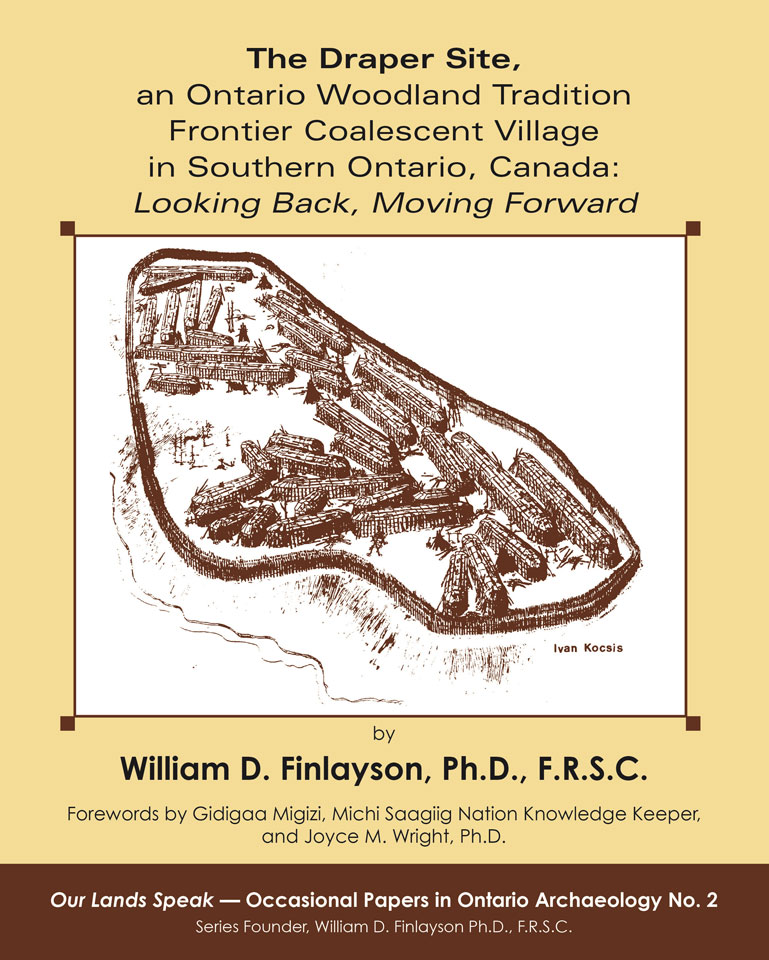Free Downloads from Bill’s Digital Library
More from Bill:
As archaeologists our goal is to investigate the history of the occupation of the peoples of Ontario, whether it be the 12,000-year-plus occupations by Indigenous People or much more recently Euro-Canadian and other immigrants who have inhabited the province since the early 17th century.
Archaeological methods are generally destructive and, when we completely dig a site, there is nothing left but the artifacts, field notes, drawings, and photographs which detail our work. From these data, we generate the reports required by government agencies, be they federal, provincial, municipal, or First Nations.
Thus, archaeology is about gathering and disseminating knowledge about our investigations. That is the primary goal—it is not creating jobs for archaeologists or creating profits for commercial companies although, unfortunately, that is increasingly the direction in which Ontario archaeology is headed.
Our Lands Speak book series is designed to publish and distribute the information gained from archaeological projects undertaken by myself or my company, This Land Archaeology Inc., or those colleagues who share our goals of disseminating knowledge. We do this in two ways: the original Ours Land Speak series are popular books designed to convey to the general public some of the projects we have undertaken and the results of those projects. The second way is through the Occasional Papers part of the series; these are scholarly studies which address issues of more interest to academics at universities, their undergraduate and graduate students, and to colleagues who participate in archaeological resource management in the private sector and in government agencies.
Volume 2
The Archaeology of Five Queensville Farmsteads
The second volume in the Our Lands Speak series
Volume 3
The Archaeology of Two Whitchurch-Stouffville Farmsteads
The third volume in the Our Lands Speak series
Occasional Papers in Archaeology No. 1
Early Palaeo-Indian Occupation in the Rice Lake, Otonabee River, and South Kawartha Lakes Watersheds, South-Central Ontario-Research Since 1976
Our Lands Speak – Occasional Papers in Archaeology No. 1
Occasional Papers in Archaeology No. 2
The Draper Site, An Ontario Woodland Tradition Frontier Coalescent Village in Southern Ontario, Canada: Looking Back, Moving Forward
Our Lands Speak – Occasional Papers in Archaeology No. 2
– Sheri Andrunyk, Publisher, I C Publishing, Ontario, Canada
–James W. Bradley, Ph.D., Director Emeritus,
Robert S. Peabody Museum of Archaeology in Andover, MA
– Gidigaa Migizi, Knowledge Keeper Michi Saagiig Nation
– Joyce M. Wright, Ph.D.





